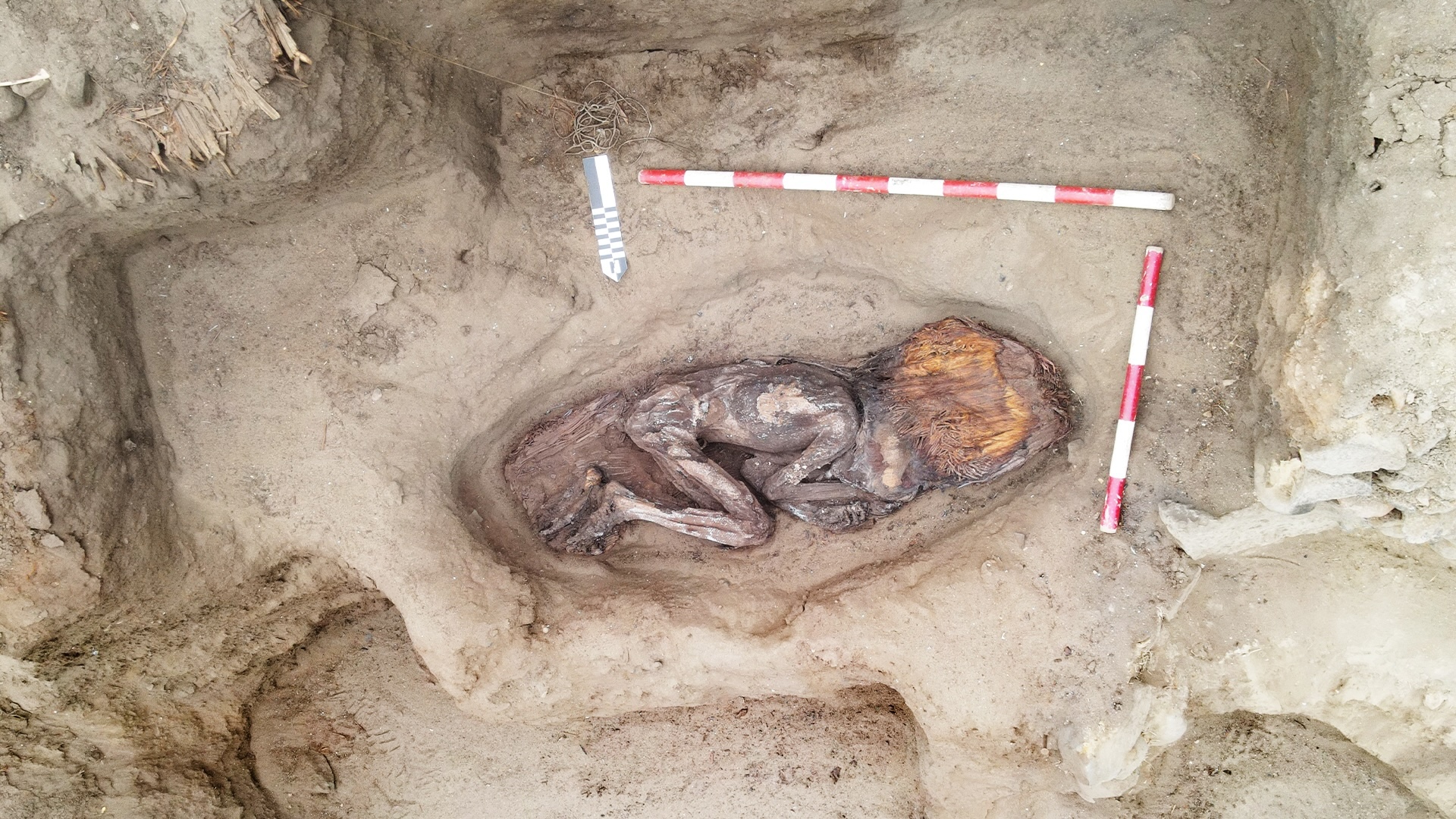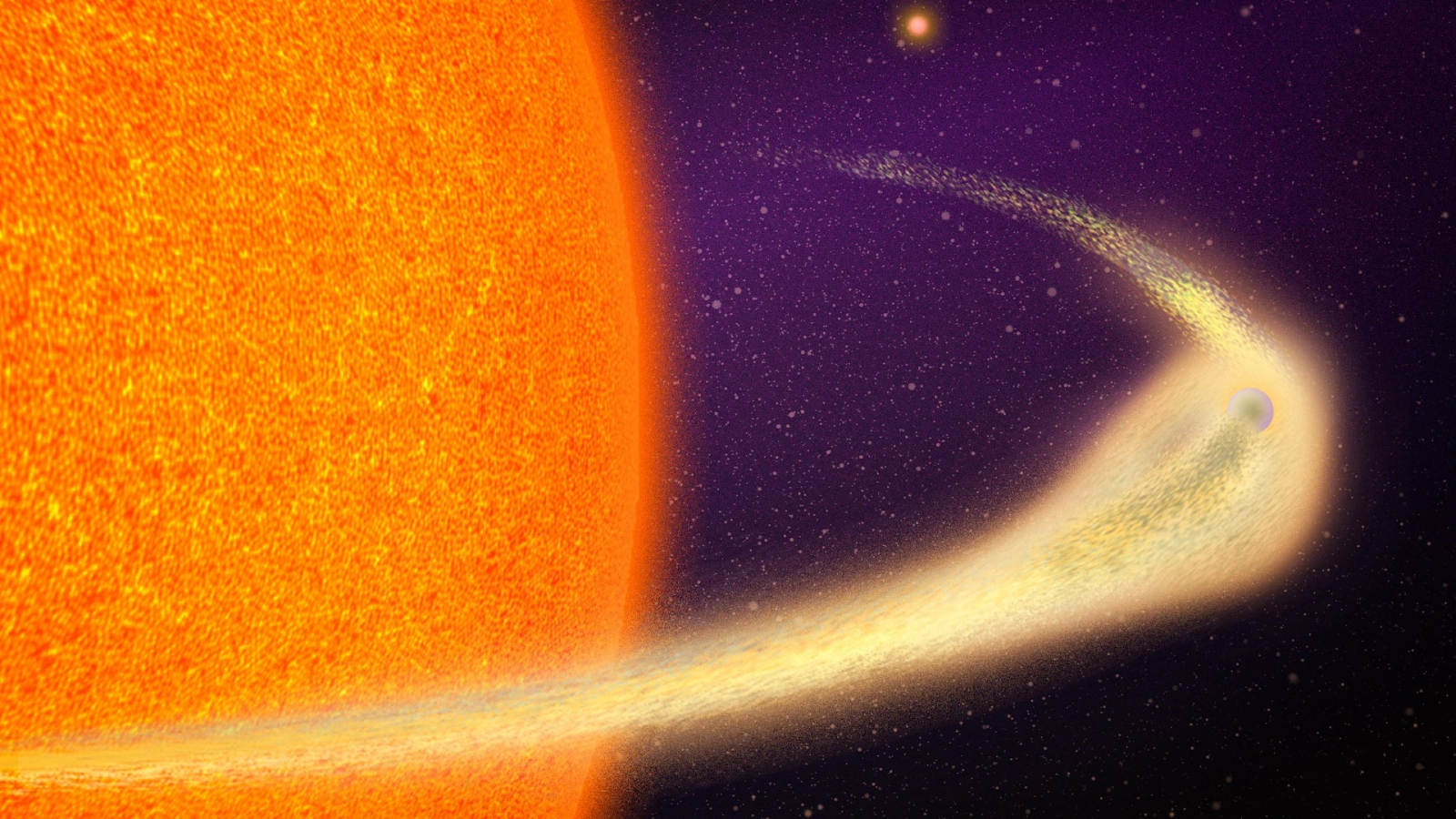Magnetic-Field 'Avalanches' May Explain 'Alien Megastructure' Star

The darkening of a mysterious star, which might be due to "alien megastructures," according to some researchers' theories, might instead be due to avalanche-like magnetic activity within the star, a new study finds.
In 2015, a star named KIC 8462852 made news when researchers noticed unusual fluctuations in the object's light. The star is an otherwise-normal F-type star — slightly larger and hotter than Earth's sun — that sits about 1,480 light-years away from Earth, in the constellation Cygnus.
However, when they analyzed data from NASA's Kepler space telescope, astronomer Tabetha "Tabby" Boyajian of Yale University in Connecticut and her colleagues found dozens of odd instances of KIC 8462852 dimming by up to 22 percent. These events are far too substantial to be caused by planets or dust crossing the star's face. [Watch: Scientists Investigating 'Alien Megastructure' Star]
These analyses of KIC 8462852 — now nicknamed "Boyajian's Star" (formerly Tabby's Star) after its discoverer — raised the possibility that scientists had detected signs of intelligent alien life. Specifically, researchers have suggested that the star is home to a Dyson sphere, a hypothetical megastructure that is built around a star to capture as much of the sun's energy as possible. Mathematician and physicist Freeman Dyson suggested that such megastructures could help power an advanced civilization. (Science fiction often depicts Dyson spheres as solid shells around stars, but the structures could also be globular swarms of giant solar panels.)
Now researchers analyzing Boyajian's Star suggest that its mysterious behavior might not be due to structures in its surroundings, but rather to some kind of internal activity.
"This is a very, very different explanation from what's been kicking around up to now," said study co-author Richard Weaver, a condensed-matter physicist at the University of Illinois at Urbana-Champaign.
Over four years, the scientists analyzed the spectrum of fluctuations in the light from Boyajian's Star. They found that these anomalies followed a pattern that is characteristic of avalanches and other systems that undergo sudden, major shifts. For example, magnets can experience changes in which all of the randomly oriented magnetic fields within them can flip, and then line up. Previous research has also found avalanche-like patterns in powerful explosions like stellar flares.
Sign up for the Live Science daily newsletter now
Get the world’s most fascinating discoveries delivered straight to your inbox.
"We've looked in the past at avalanches to learn more about what can happen inside materials," said study co-author Karin Dahmen, a condensed-matter physicist at the University of Illinois at Urbana-Champaign. "This is an attempt now to apply that work to stars."
The scientists noted that at least three stars that the Kepler spacecraftcollected data on also had similar avalanche-like patterns in their light fluctuations, although the variations in their light were not nearly as striking as those of Boyajian's Star. Previous research found that these three stars were magnetically active.
Although the researchers do not know what specific physical mechanisms may or may not trigger avalanche-like behavior in Boyajian's Star, they do note that it spins relatively quickly, completing a rotation about every 21 hours.
"High rates of rotation in stars may be associated with strong magnetic fields," said study lead author Mohammed Sheikh, a condensed-matter physicist at the University of Illinois at Urbana-Champaign. As such, Boyajian's Star's variability is perhaps related to magnetic behavior, the researchers said.
The researchers did note that recent studies in the past yearhave suggested that Boyajian's Star has dimmed over the course of a century, and that it is difficult for a theory based on avalanche-like activity to explain such progressive darkening. However, some of these hints of long-term dimming have come under dispute.
Future research can systematically analyze what stars might possess avalanche-like patterns in their light and what else they might have in common that could yield insights into what is driving their light fluctuations, Dahmen said. Weaver noted that future research could also investigate whether comet swarms interacting with Boyajian's Star might conceivably lead to avalanche-like anomalies.
The scientists detailed their findings online Dec. 19 in the journal Physical Review Letters.
Follow Charles Q. Choi on Twitter @cqchoi. Follow us @Spacedotcom, Facebook and Google+. Original story on Space.com.











